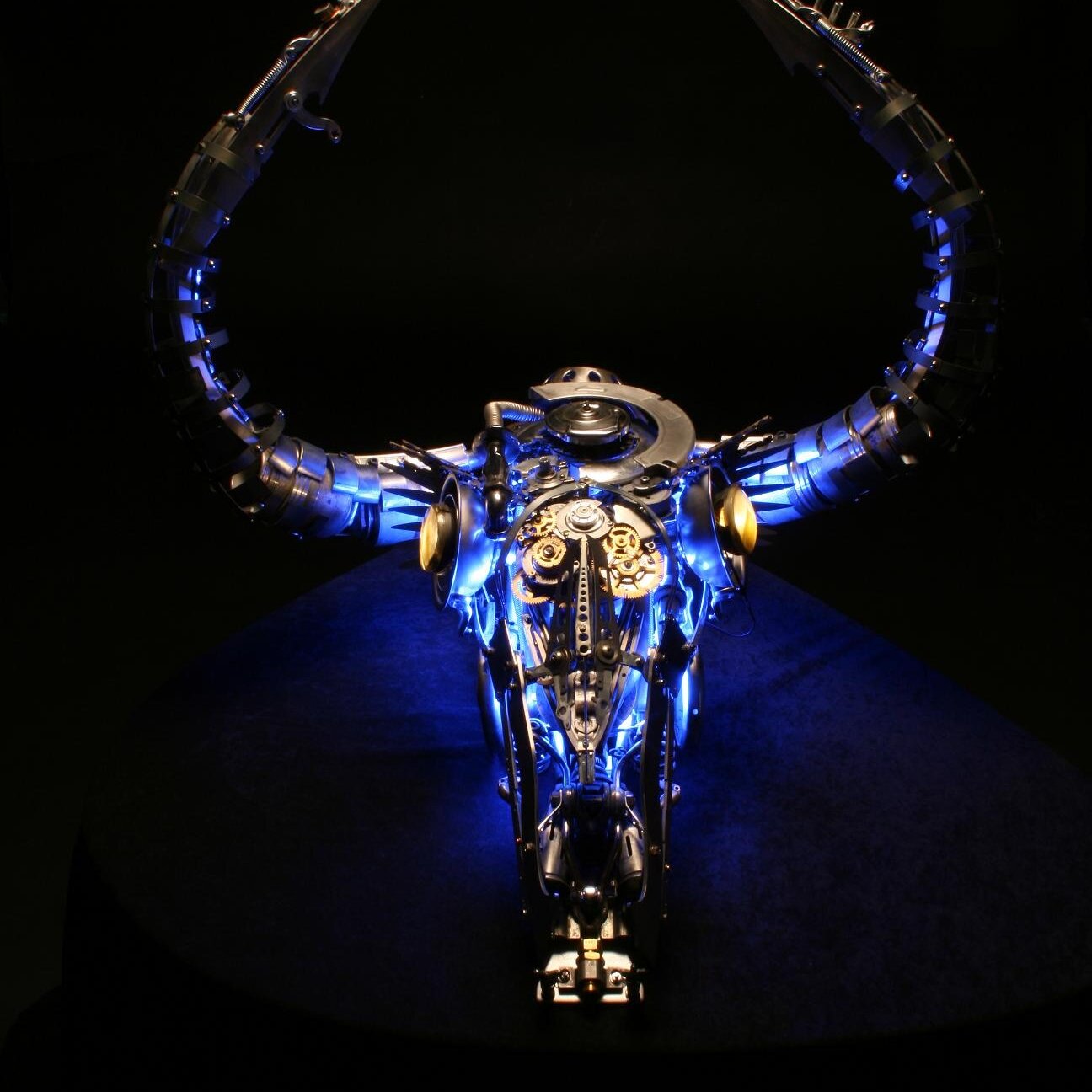Featured
 Dragon
DragonThis is a dragon I made from junk parts. The span of its wings is roughly one meter and its height is 80 centimeters. The parts used include the frame of an umbrella, scissors, and a cut-up tatami chair, just to name a few.
- 8593
- 75
 Warriors
WarriorsThese are fantasy RPG warriors made from junk parts. They are about 15 centimeters in size. The joints are fully movable, and the fingers and eyes can also be moved. I made these in admiration of the micro world.
- 5422
- 42
 Dark Head
Dark HeadI made this in the motif of a cow’s skull. I used two neon tubes to make it illuminate strongly. It is one meter in height. This piece was a commision for a bar in Hiroshima.
- 8733
- 47
 Golden Warrior
Golden WarriorI made this in the motif of a special effects hero. The body is fully movable and he is able to get on and off of the bike. The bike even features weapons.
- 8627
- 56
About Me

Daisuke Shimodaira
Modeler/Sculptor / JapanMy name is Daisuke Shimodaichi. I was born in Nagano in 1986, and I have been making three dimensional models since 2008. I began by making robots using wood scraps and machine parts. I make models of various things, such as humanoids using a skeleton frame. I held my first exhibit in Niigata in 2010, and have held one every year since then. My work has also been featured in various media including TV, newspapers, and magazines.
Profile
- NameDaisuke Shimodaira
- GenreModeling/Sculpting
- NationalityJapanese
- Age26
- GenderMale
- Birth Date1986/05/24
- Height168cm
- Blood TypeB
- Zodiac SignGemini
- Years Active5
- Area of ActivityPrimarily Tokyo
- My Favorite Artists
Ryujin Tomidokoro, Takayuki Takeya, Yasushi Narasawa, Takuji Yamada, Gentaro Araki
How to Make a Robot
Production Method
 I use waste materials from factories and scrap metal from when machines are disassembled. The secret is to gather parts in pairs of two since robots tend to have bilateral symmetry. I connect the parts using screws. I don’t use welding or any form of adhesives. I play around with the proportions, and assemble and disassemble the model many times over before coming up with the final build. Using screws is essential to be able to do this. I fit the pieces together without drawing any blueprints. I think about the structure in my head and I disassemble it. I then find parts to fit with the disassembled parts and I rebuild it. Lastly, I create the joints, and I’m done.
I use waste materials from factories and scrap metal from when machines are disassembled. The secret is to gather parts in pairs of two since robots tend to have bilateral symmetry. I connect the parts using screws. I don’t use welding or any form of adhesives. I play around with the proportions, and assemble and disassemble the model many times over before coming up with the final build. Using screws is essential to be able to do this. I fit the pieces together without drawing any blueprints. I think about the structure in my head and I disassemble it. I then find parts to fit with the disassembled parts and I rebuild it. Lastly, I create the joints, and I’m done.Brief History
Lecture History
 1986: Born in Nagano2008: gt.moo Collection 08 (gt.moo gallery)2009: June BRIGHT!! (gt.moo gallery)、Niigata Art Exhibition Sculpture Category Mayor’s Prize2010: Daisuke Shimodaira Exhibit (Hitsuji-Garo)2011: Daisuke Shimodaira Exhibit (Hitsuji-Garo) GEISAI Prize Winner Exhibit (Hidari Zingaro) NCAD Alumni Exhibition (Harajuku Art in Gallery)2012: Houga Exhibit (Turner Gallery) DOLL EXPO 2012 Large Doll Exhibit Award for Excellence Daisuke Shimodaira Exhibit (Gallery Saihodo) +PLUS THE ART FAIR 003 (Aoyama Spiral Hall) GEISAI Prize Winner Exhibit (Hidari Zingaro)2013: Daisuke Shimodaira Exhibit (EDEN Sendai)2014: Japan’s Creative Doll Artist Exhibit (Art Museum “Eki” Kyoto)
1986: Born in Nagano2008: gt.moo Collection 08 (gt.moo gallery)2009: June BRIGHT!! (gt.moo gallery)、Niigata Art Exhibition Sculpture Category Mayor’s Prize2010: Daisuke Shimodaira Exhibit (Hitsuji-Garo)2011: Daisuke Shimodaira Exhibit (Hitsuji-Garo) GEISAI Prize Winner Exhibit (Hidari Zingaro) NCAD Alumni Exhibition (Harajuku Art in Gallery)2012: Houga Exhibit (Turner Gallery) DOLL EXPO 2012 Large Doll Exhibit Award for Excellence Daisuke Shimodaira Exhibit (Gallery Saihodo) +PLUS THE ART FAIR 003 (Aoyama Spiral Hall) GEISAI Prize Winner Exhibit (Hidari Zingaro)2013: Daisuke Shimodaira Exhibit (EDEN Sendai)2014: Japan’s Creative Doll Artist Exhibit (Art Museum “Eki” Kyoto)Regarding Sales of Work
Purchasing My Previous Works
 I have a consignment sale of a portion of my work at Gallery Saihodo. For those that want to buy my work, please contact me at the email address below.saihodo@mba.nifty.ne.jp
I have a consignment sale of a portion of my work at Gallery Saihodo. For those that want to buy my work, please contact me at the email address below.saihodo@mba.nifty.ne.jpCustom Orders
Contributions/Publications
The Heaven-Sent Child of a New Generation of Junk Art
Work Outlook: a Cathartic World that Transcends Life and Death; Unearthly Artistic Shiftup
 freeformtoraid
freeformtoraidShyfreezey DaBeast
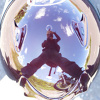 nidate
nidate楊珂
 Sean Williams
Sean Williams Dee Smith
Dee Smith Terry Henderson
Terry Henderson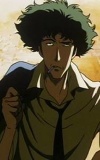 Rossinberg
Rossinberg Azrael Stone
Azrael Stone doujinshi
doujinshi レイ
レイ Ema Appiolaza
Ema Appiolaza Wagner Ferreira
Wagner Ferreira Tomislav Švast
Tomislav Švast Valentin Ham
Valentin Ham Ashley S Paik
Ashley S Paik Richard Laffont
Richard Laffont TheDark Vala
TheDark Vala Eli Manuel Cruz
Eli Manuel Cruz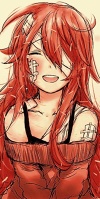 Minuss leire
Minuss leire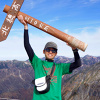 GENSHI
GENSHI 蔡茁棟
蔡茁棟 Yan Hong
Yan Hong Andika Yusuf
Andika Yusuf Teresa Cammell
Teresa Cammell ayi
ayi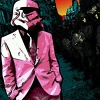 Rustam Eynaliyev
Rustam Eynaliyev ヘタヤ ヘ乗る
ヘタヤ ヘ乗る Brother Warth
Brother Warth Celso Sunao
Celso Sunao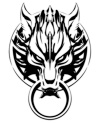 bbnguyen92
bbnguyen92 Lat Waja Timur
Lat Waja Timur wanigawa
wanigawa Ruxandra Olpretean
Ruxandra Olpretean AimanAzwan
AimanAzwan Katherine Gómez
Katherine Gómez Lauri Micho
Lauri Micho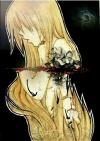 Sasha Eikel
Sasha Eikel Keru Beru
Keru Beru Gowit Kom Sarutephan
Gowit Kom Sarutephan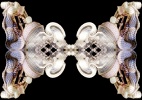 Koi
Koi Форати Кхалид
Форати Кхалид Juan Galvan Martinez
Juan Galvan Martinez Marzio Maltesi
Marzio Maltesi Eziio Mw
Eziio Mw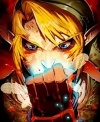 Jon S Colesanti
Jon S Colesanti Ota Navasachi
Ota Navasachi Pavinee Leelaprachakul
Pavinee Leelaprachakul Gakupo Rolito Kamui
Gakupo Rolito Kamui Dustin De Leon
Dustin De Leon Miguel Mandujano
Miguel Mandujano Wits Sta Maria
Wits Sta Maria Luis Angel Mendoza Hidalgo
Luis Angel Mendoza Hidalgo Artemis Pangarap-christina Awakened
Artemis Pangarap-christina Awakened 康承宏
康承宏 Eunice Thor
Eunice Thor Carlos Alonso
Carlos Alonso Gasarocky
Gasarocky Luisito Kike Cross Moreno
Luisito Kike Cross Moreno Blangkon Amane
Blangkon Amane Elram Espra
Elram Espra Elvie Naces Espra
Elvie Naces Espra Azmodan
Azmodan HYoun Choi
HYoun Choi Indy K
Indy K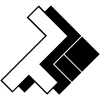 Hashimoto Suzu
Hashimoto Suzu Esther
Esther Ha Nguyen
Ha Nguyen Jonathan Kurokitsune
Jonathan Kurokitsune Fidelitas Rosae
Fidelitas Rosae André Hachiko Romeo
André Hachiko Romeo Audeny Josefa1
Audeny Josefa1 Paulo Rogerio
Paulo Rogerio Quisbert Alvaro Sergio
Quisbert Alvaro Sergio Mariana Chávez
Mariana Chávez Lawrence Kang
Lawrence Kang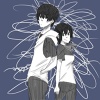 James Marcial
James Marcial Silver Nguyen
Silver Nguyen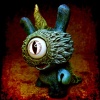 Masayoshi Yamamoto
Masayoshi Yamamoto Anilbokumi Bokumi
Anilbokumi Bokumi NobleRanch
NobleRanch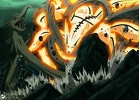 David Montoya
David Montoya ZANIO
ZANIO Lemor Allidap
Lemor Allidap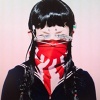 Omi K Gibson
Omi K Gibson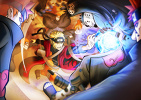 kaz
kaz Kristofer Pancho
Kristofer Pancho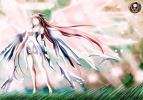 Jim Hua
Jim Hua Saki
Saki Sam Arzadon
Sam Arzadon Aramis Bollas
Aramis Bollas Di A Ne
Di A Ne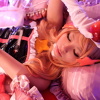 miyuu
miyuu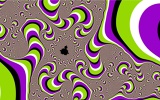 Paiki
Paiki Asma' Roro
Asma' Roro YiKang Ang
YiKang Ang cookie
cookie Alejandro Lugo
Alejandro Lugo Shane A. Gray
Shane A. Gray Claire Ann B. Santamaria
Claire Ann B. Santamaria



